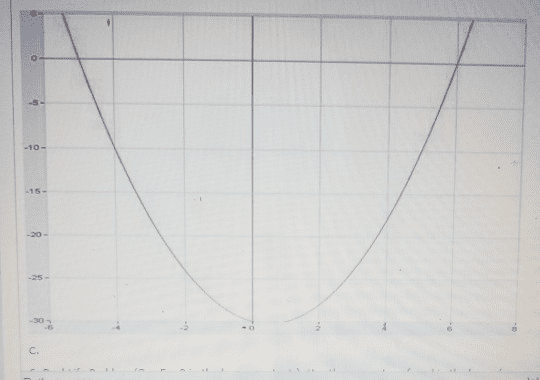
angadiyashavant52
Yashavant
0 Followers
0 Following
3 Helped
18 Feb 2023
Answer: Canadian smoking statistics. Key Question #12 (continued) 2. Use the f...
18 Feb 2023
Answer: Adjusting y-axis scales. Below is a small set of data. Create two line...
18 Feb 2023
Answer: Okey ser
18 Feb 2023
Answer: To determine the transmission loss of a circular glass plate, we need ...
18 Feb 2023
Answer: Drawing a Quadratic Equation: Step-by-Step Procedure Start by writing ...
18 Feb 2023
Answer: Your teacher is correct. To solve the quadratic equation depicted in t...
18 Feb 2023
Answer: A private individual and a public individual are two distinct types of...
18 Feb 2023
Answer: Yes, the Victorians had concerns about the impact of technology on soc...
18 Feb 2023
Answer: Great choice! "Lob Girl" is a short story by Joan Aiken, originally pu...
18 Feb 2023
Answer: To find the average rate of change of a function over an interval, we ...
18 Feb 2023
Answer: As an AI language model, I don't have personal opinions or beliefs, bu...
17 Feb 2023
Answer: a) The use of the binomial distribution is appropriate for calculating...
17 Feb 2023
Answer: When Jefferson wrote "all men are created equal" in the preamble to th...
17 Feb 2023
Answer: One example of a piece of media that celebrates a type of beauty outsi...
17 Feb 2023
Answer: One example of media that I've encountered recently that pushes back a...
17 Feb 2023
Answer: The question of whether the founders of the United States are still re...
17 Feb 2023
Answer: The force constant (k) is related to the vibrational frequency (ν) of ...
17 Feb 2023
Answer: The issue of slavery was a complex and morally fraught one for the fou...
17 Feb 2023
Answer: Great choice! "Lob Girl" is a short story by Joan Aiken, originally pu...
17 Feb 2023
The ability to change the U.S. Constitution is an essential aspect of democrac...
17 Feb 2023
Answer: Sure, I'd be happy to help! Here are the three branches of the America...
17 Feb 2023
Answer: The ancient Greeks believed that the head, and specifically the brain,...
17 Feb 2023
"Lob Girl" Short Story. assignment I chose the story “Lob Girl” by Joan Aiken ...
17 Feb 2023
Great choice! "Lob Girl" is a short story by Joan Aiken, originally published ...
17 Feb 2023
What was the age distribution of prehistoric Native Americans? Extensive anthr...
17 Feb 2023
Writing Activity 12: You are the chief editor of a major American News Magazin...
17 Feb 2023
US Constitution's problematic legacy. On July 4, 1776, when the Continental Co...
17 Feb 2023
Three Branches Responsibilities. Writing Activity 11: In a one page essay, dis...
17 Feb 2023
Pro argument supporting gun control: Those in favor of gun control argue that ...
17 Feb 2023
New chat Were/are they classified an industrial nation? It is not clear who "t...
17 Feb 2023
Were/are they classified an industrial nation? The answer is down 👇 To answer ...

